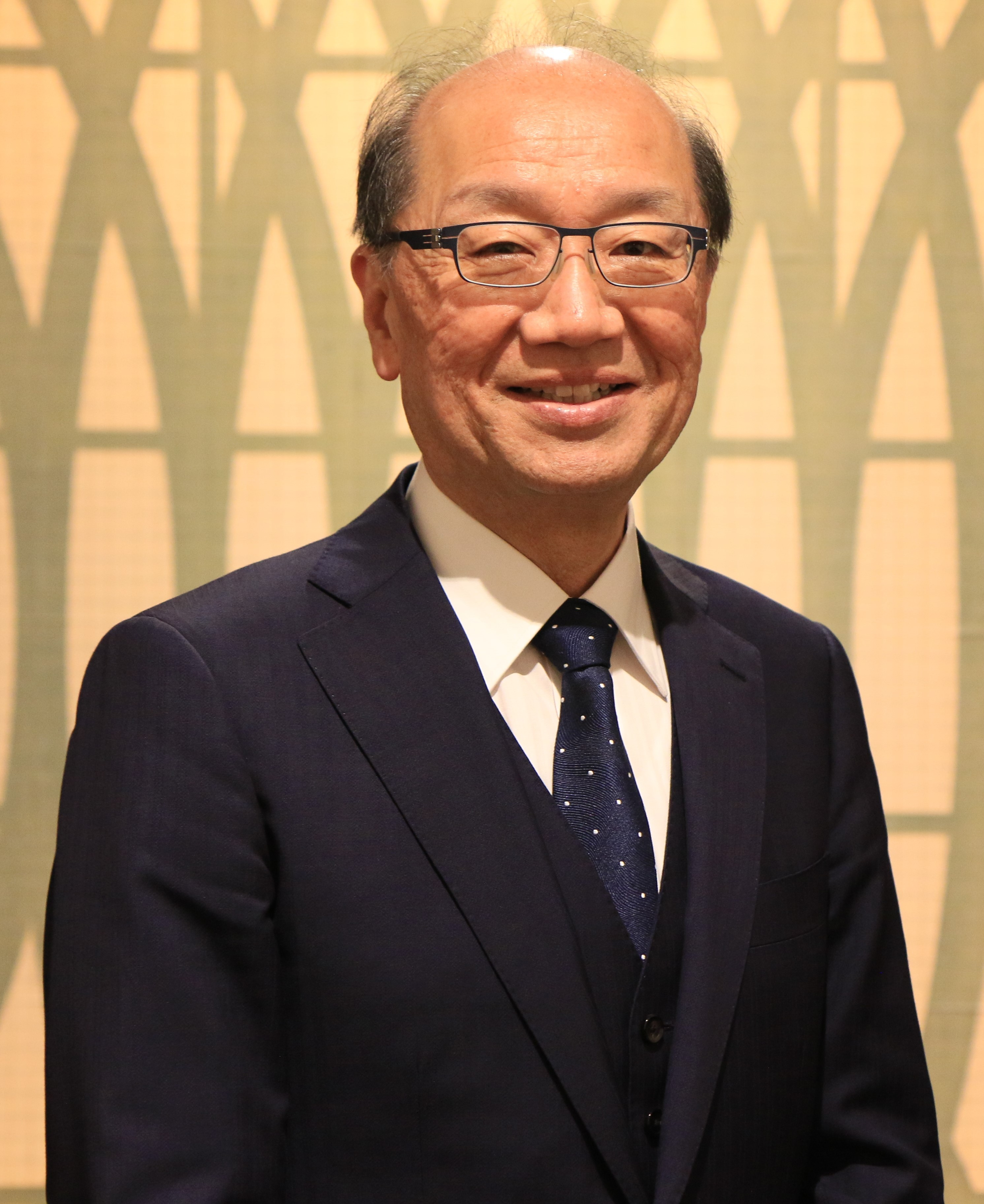
Policy Statement from President Yaku
Kyoto Prefectural University of Medicine has begun a new chapter after its 150th anniversary in 2022. Our university will reform our approach to medical education. Over the past 150 years, we have faced and overcome numerous existential crises. However, given the societal changes and population decline expected in the next 50 to 100 years, continuous transformation to meet the needs of the times is essential. I believe the following three conditions are crucial for the sustainable development of our university:
1. Maintaining the university's role as a community-centered institution.
2. Pursuing and disseminating world-class research and clinical practices.
3. Continuously training highly motivated and capable doctors and nurses.
To achieve these goals, the following actions will be undertaken:
Nine Guidelines for the Future Direction of the University
1. Further Strengthening Collaboration with Kyoto Prefecture
As the sole provider of official medical care in Kyoto Prefecture, we fulfill leadership roles such as providing a designated medical institution for specific infectious diseases and a comprehensive perinatal maternal and child medical center. We will continue to make maximum efforts to formulate and implement suitable medical policies. We will also play a leading role in formulating and implementing health, medical, and welfare policies by utilizing Kyoto Prefecture's big data. Furthermore, we will serve as a hub for remote medical services using ICT with medical institutions in northern and southern Kyoto.
2. Realizing the University Development Plan
Based on the basic plan established in fiscal 2021, we will proceed with the facility development plans and designs for the Kawaramachi and Hirokoji campuses. We will make every effort to realize the development plan for the affiliated hospital in order to provide advanced and high-quality medical care.
3. Improving Premedical and Nursing Education
We will make efforts to attract a diverse body of excellent students by improving admissions and promoting high school-university connections. After enrollment, we will build an educational system that not only imparts liberal arts but also equips students with good human relations skills and professionalism as preparatory education for medicine and nursing.
4. New Developments and Improvements in Pre- and Post-graduate Education for Medicine and Nursing
In the medical department, in response to the formalization of Computer-Based Training/Objective Structured Clinical Examination (CBT/OSCE), we will systematically conduct clinical practice and training over four years, including two years before and two years after the national medical examination, leading to specialized training. We will also improve the Institutional Research Center to collect and analyze educational data, promote educational management, and improve the quality of education. In the nursing department, we will strengthen the link between pre-graduate education, practice, and post-graduate education provided by the affiliated hospital's nursing department. Additionally, we will prepare to integrate the training of public health nurses, midwives, and mental health nursing specialists into the master's program.
5. Improving the Research Environment for Academic Personnel
Supporting graduate students and continuously improving the research environment are essential for nurturing academic talent. We will establish various development funds to support the research activities of young researchers. As a core regional and distinctive research university, we will collaborate with other institutions to achieve beneficial results and develop Society 5.0 ―also known as the Super Smart Society, nurturing ―future technology talent through medical-engineering collaboration.
6. Establishing a Financial Base for Research
Establishing a financial base is crucial for world-class research. Such funding cannot be provided by large public funds alone, so it is essential to establish our university's fund and attract donations from the business and industrial sectors. We will make every effort to visualize research achievements and secure sustainable and planned budgets.
7. Revising the Core Duties of University Staff and Addressing Work-Style Reforms
In preparation for the reform of working styles for physicians over the next decade starting in 2024, we will thoroughly review the core duties of doctors, nurses, and medical professionals, promote career advancement for nurse practitioners, and sought for effective task shifts. To reform the work styles of faculty and staff, we will collaboratively reform work practices and promote diverse work styles and digital transformation (DX).
8. Internationalization in Education, Research, and Clinical Practice
We will improve the International Academic Exchange Center, expand the number of our partner schools, and promote other exchanges. We aim to establish a university culture where education, research, and clinical practice are not confined to Japan but are conducted across borders.
9. Building the Rakuchu Alliance with a Focus on Regional Medical Concepts
From 2025 onwards, under the regional medical concept, the functions and appropriate number of hospital beds will be optimized. As a medical institution specializing in highly acute and acute care, we will build the Rakuchu Alliance, a community-based comprehensive network, in collaboration with nearby medical institutions such as the Japanese Red Cross Kyoto Daini Hospital and Kyoto Kuramaguchi Medical Center, ensuring our role as the core of regional medical care in Kyoto Prefecture.
Kyoto Prefectural University of Medicine
President Hitoshi Yaku














